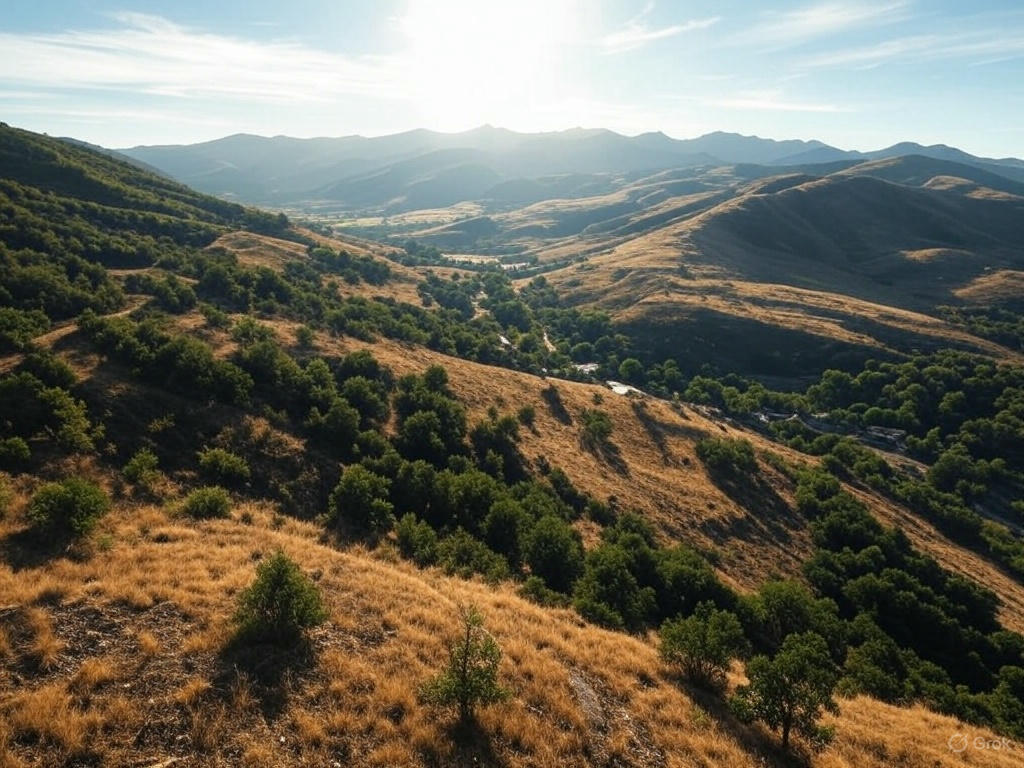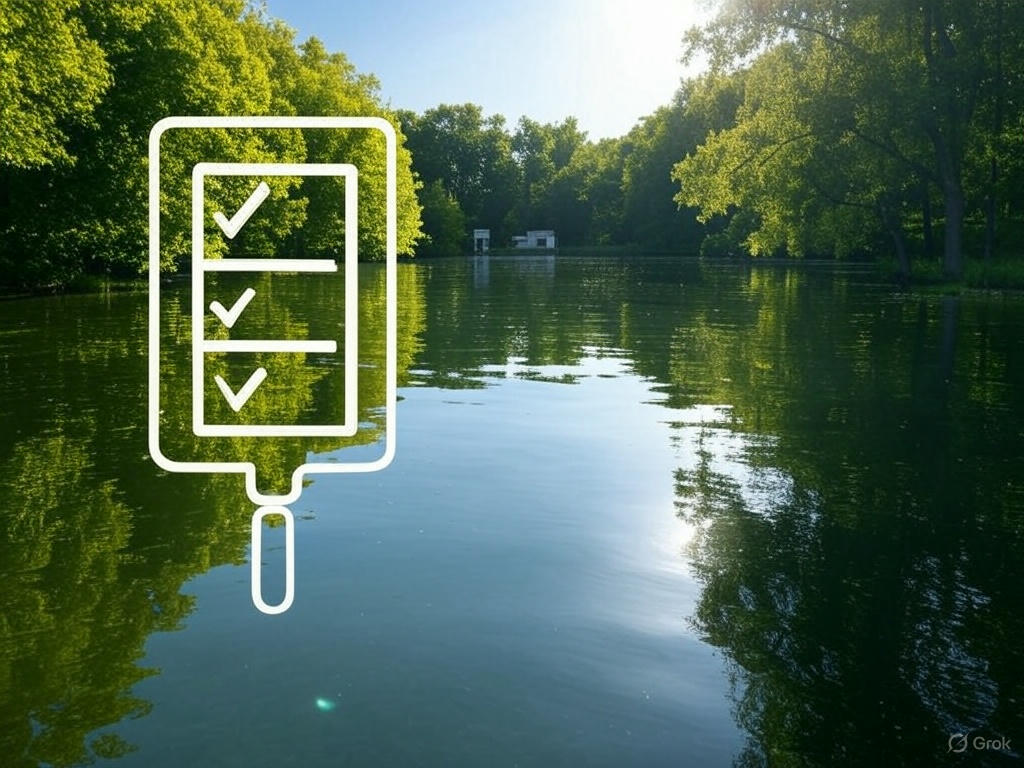Introduction
So, you’ve been thinking about buying land. Maybe it’s for a future home, an off-grid getaway, or just a solid investment. Whatever the reason, you’re pumped—until you realize that financing land isn’t as straightforward as getting a mortgage for a house.
I get it. As a Realtor here in Southern Colorado, I’ve helped plenty of folks navigate the maze of financing options for buying land. Some thought they needed a huge pile of cash, others assumed they couldn’t qualify for anything. The good news? There are ways to buy land without draining your savings or getting buried in debt.
Let’s break down the best financing options for buying land so you can make your dream a reality—without breaking the bank.
Understanding Land Financing Basics
Why Land Loans Are Different from Home Loans
First, let’s talk about why financing land is a bit trickier than buying a house.
Lenders see land as a riskier investment. A house? You’ll likely live in it, take care of it, and make those mortgage payments on time. But land? Some buyers never build on it, some resell it, and if someone defaults, the bank doesn’t have a house to foreclose on—just an empty piece of dirt.
Because of that, land loans typically have:
- Higher interest rates
- Shorter repayment terms
- Larger down payments
But don’t let that scare you off. The key is knowing which type of land loan fits your situation.

Types of Land Loans
Lenders classify land into three categories, and each one affects your financing options for buying land:
- Raw Land – No utilities, no roads, no improvements. The hardest to finance, requiring a bigger down payment and higher interest rates.
- Unimproved Land – Might have some infrastructure, like access to roads, but still lacks key utilities. Easier to finance than raw land.
- Improved Land – Already has roads, water, electricity, and possibly even a septic system. Easiest to finance with better loan terms.
Traditional Land Loan Options
If you’ve got decent credit and a solid down payment, these financing options for buying land are worth exploring.
1. Local Banks & Credit Unions
Big banks usually avoid land loans, but local banks and credit unions? They understand the local market and are more likely to work with you.
I once had a client looking to buy 10 acres near Blanca. He got rejected by a national bank but walked into a small credit union in Alamosa and got approved the same day. Smaller lenders actually want to work with people buying land in their area—so don’t overlook them.
2. Owner Financing
This is a game-changer for many land buyers. Instead of dealing with a bank, you make payments directly to the seller.
Pros:
✔️ No strict credit requirements
✔️ Lower closing costs
✔️ More flexible terms
Cons:
❌ Interest rates can be higher
❌ You still need to negotiate terms
I’ve seen sellers accept as little as 10% down with flexible monthly payments. If you’re buying land from a private seller, always ask if they’ll finance—you might be surprised.
3. USDA Loans (For Rural Land Buyers)
If the land is in a rural area (which most of Southern Colorado is), USDA loans might work. They offer low-interest financing for land purchases if you plan to build a home.
Requirements:
✅ The land must be in a USDA-approved area
✅ You need to plan to build a primary residence (not just hold the land)
Not every lender offers USDA land loans, so you’ll need to hunt around.
4. Home Equity Loans
If you already own a home, you can use your home’s equity to buy land. Home equity loans and HELOCs (home equity lines of credit) offer lower interest rates than traditional land loans.
I had a friend who wanted to buy a 5-acre riverfront lot overlooking the Rio Grande. Instead of a land loan, he pulled $50K from his home equity and paid cash for the lot—no high-interest land loan needed.
Creative Financing Strategies
Sometimes, you’ve got to think outside the box when exploring financing options for buying land.

1. Lease-to-Own Agreements
Not ready to buy outright? Some sellers will let you lease the land with an option to buy later. It’s like renting, but part of your payment goes toward the purchase price.
2. Seller Carryback Financing
Some sellers will act as the bank, allowing you to pay for the land in monthly installments. This works well for buyers who don’t qualify for traditional loans.
Tip: Offer a slightly higher down payment to convince a seller to finance. Many will say yes if they get a solid upfront payment.
3. Pooling Resources (Partnerships & Crowdfunding)
I’ve seen families and friends team up to buy land together. You can split costs, and once the land appreciates, either develop it or sell for a profit.
Improving Your Financial Standing
If you want the best loan terms, you’ll need to look good on paper. Here’s how to prepare for your best financing options for buying land:
- Boost Your Credit Score – Pay off small debts, don’t open new credit lines before applying for a loan.
- Save for a Down Payment – The bigger your down payment, the better the loan terms. Aim for at least 20% down.
- Lower Your Debt-to-Income Ratio – If you’ve got high debt, pay it down before applying.
Negotiating the Best Deal
Even if you’ve got financing figured out, negotiating smartly can save you thousands.
1. Research Land Values
Don’t assume a seller’s asking price is fair—look up comps and recent sales.
2. Buy at the Right Time
Winter is often the best time to buy land. Sellers are more motivated, and competition is lower.
3. Work With a Realtor Who Knows Land
Land is a different ballgame than houses. You need someone who understands zoning, water rights, and land values—especially in areas like the San Luis Valley.
Avoiding Common Pitfalls
A few mistakes can cost you big when considering financing options for buying land. Here’s what to watch out for:

🚩 Hidden Costs – Property taxes, HOA fees, and infrastructure costs can add up.
🚩 No Land Survey – Always get a survey to confirm boundaries.
🚩 Skipping Due Diligence – Check zoning laws, water rights, and access roads before buying.
Conclusion
Buying land doesn’t have to break the bank. Whether you go with a traditional land loan, seller financing, or a creative strategy, there’s a path that fits your situation.
The key? Do your homework, explore all your financing options for buying land, and work with someone who knows the land game.
If you’re looking for land in Southern Colorado, I’d love to help you navigate the process. Let’s make your land-buying dream happen!




